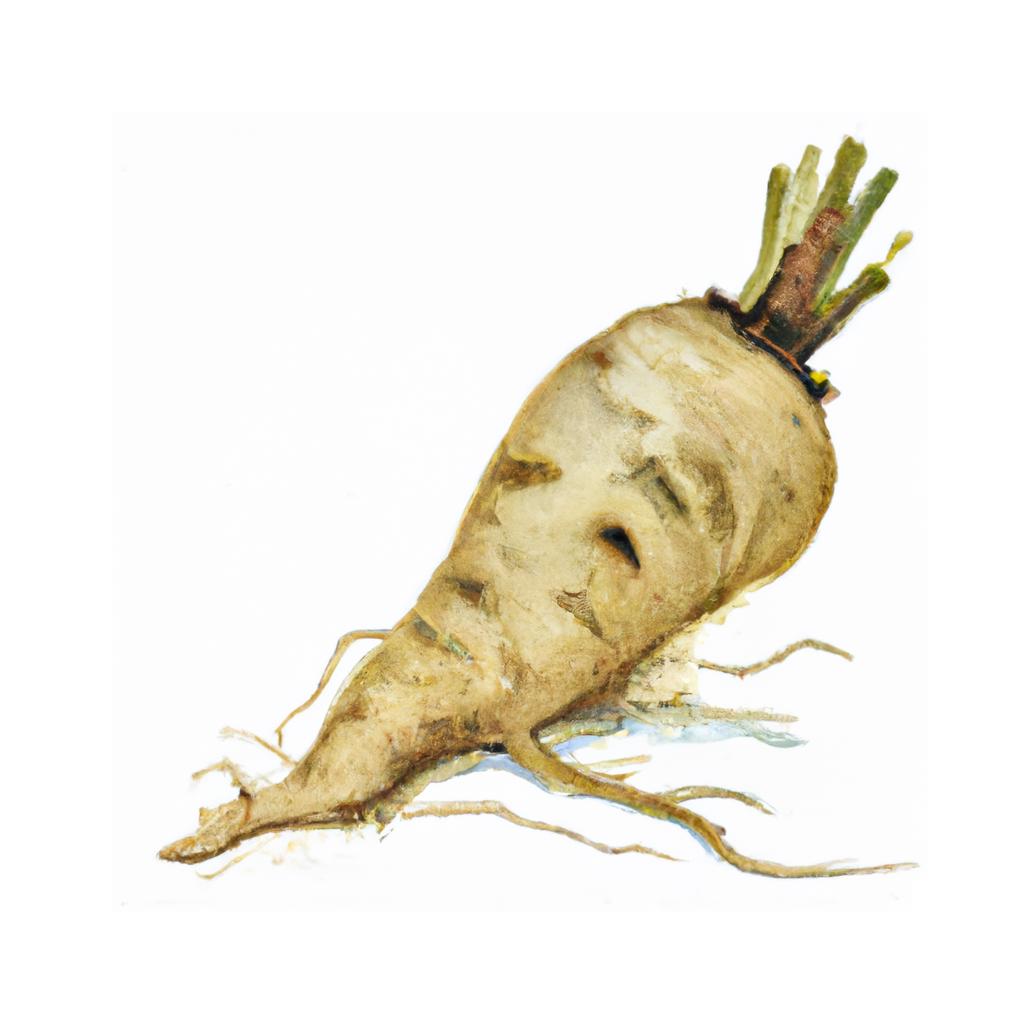
The parsnip (Pastinaca sativa) is a root vegetable native to Eurasia and closely related to the carrot. It has a cream-colored, tapered root that can grow up to 20 inches long. Parsnips have been cultivated and consumed since ancient Roman times, and they were introduced to North America in the early 17th century during European colonization.
Parsnips have a unique flavor profile that combines sweetness with an earthy, slightly nutty taste. This sweetness intensifies when the parsnips are exposed to cold temperatures, as the starches within the vegetable convert to sugar. In fact, many gardeners prefer to harvest parsnips after the first frost to ensure the sweetest possible taste.
Rich in vitamins and minerals, parsnips are an excellent source of fiber, vitamin C, vitamin K, folate, and potassium. They also contain antioxidants that can help reduce inflammation and boost overall health.
Parsnips are incredibly versatile in the kitchen and can be used in various types of dishes. They pair well with other root vegetables in hearty stews and soups, and their sweetness makes them a delicious addition to roasted vegetable medleys. Mashed parsnips are a delightful alternative to traditional mashed potatoes, and they can also be enjoyed as crispy baked fries or even used in sweet recipes such as cakes and cookies.
This is advice is most applicable to growers in the UK, you may need to adjust the timings if you live somewhere with a different climate and/or seasons.
| Month | Tasks | Advice |
|---|---|---|
| January | - | - |
| February | - | - |
| March | Prepare the soil by removing large stones and weeds, Sow seeds in well-drained soil, | Sow seeds 1cm deep, 10-15cm apart, in rows spaced 30cm apart. |
| April | Thin out seedlings to 7cm apart, | Gently remove excess seedlings to avoid disturbing the remaining plants. |
| May | Water regularly during dry periods, | Ensure consistent moisture for even growth. |
| June | Water regularly during dry periods, | Ensure consistent moisture for even growth. |
| July | Water regularly during dry periods, | Ensure consistent moisture for even growth. |
| August | Continue watering regularly, Begin to harvest when required, | Harvest smaller roots for the best flavor, leaving some larger ones for later use. |
| September | Harvest as needed, | Flavor improves after the first frost, and parsnips can be left in the ground until required. |
| October | Harvest as needed, | Flavor improves after the first frost, and parsnips can be left in the ground until required. |
| November | Harvest as needed, | Flavor improves after the first frost, and parsnips can be left in the ground until required. |
| December | Harvest as needed, | Flavor improves after the first frost, and parsnips can be left in the ground until required. |